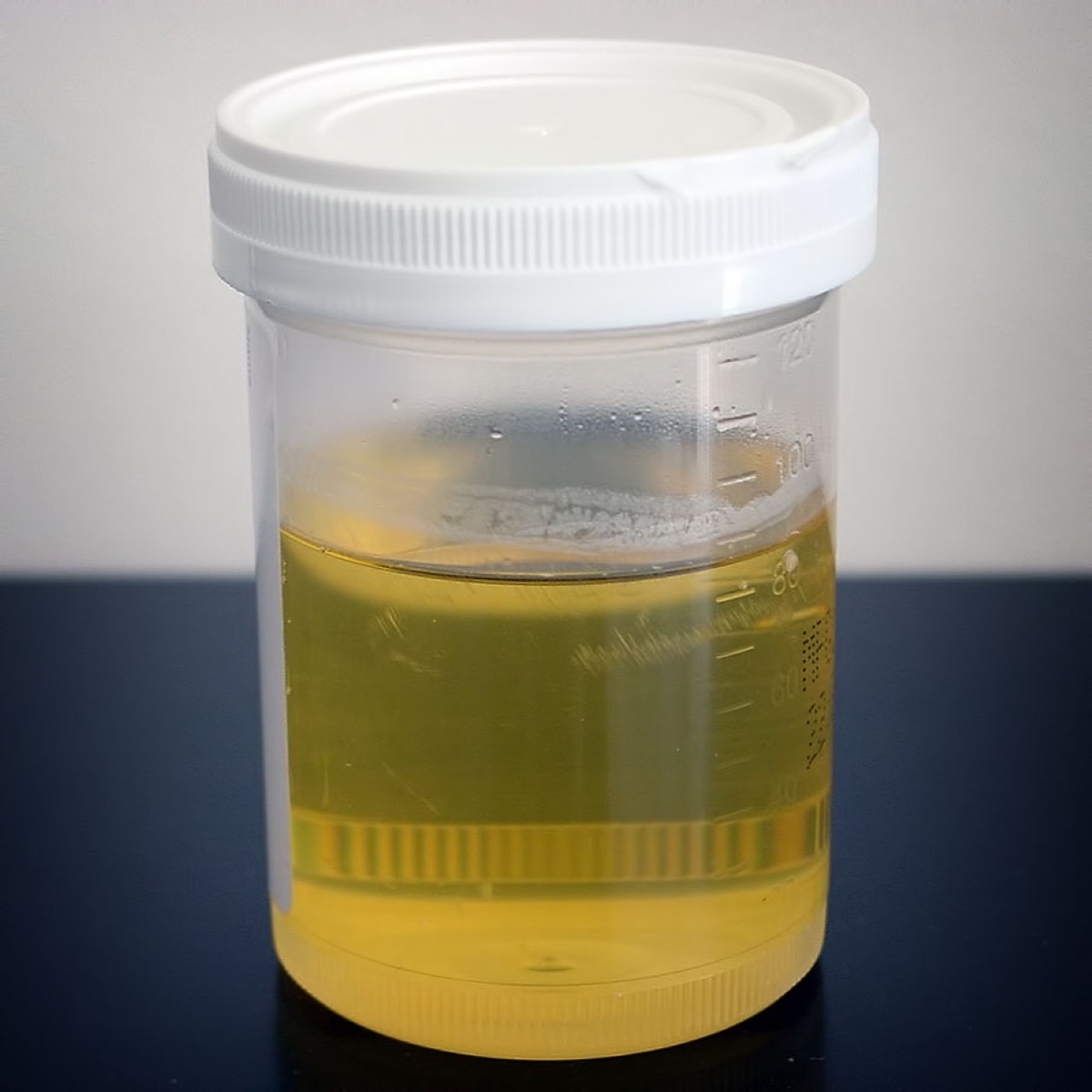

Articles
How To Store Urine For A Drug Test
Modified: February 23, 2024
Learn how to store urine for a drug test on Reddit with these informative articles. Find expert tips and strategies to ensure accurate results.
(Many of the links in this article redirect to a specific reviewed product. Your purchase of these products through affiliate links helps to generate commission for Storables.com, at no extra cost. Learn more)
Introduction
Welcome to our comprehensive guide on how to store urine for a drug test. Whether you’re a job applicant, an athlete, or simply curious about drug testing protocols, it’s important to understand the crucial role that urine can play in determining drug use. In today’s world, drug testing is a common practice used by employers, sports organizations, and even law enforcement agencies to ensure safety, maintain fairness, and enforce rules and regulations.
Throughout this article, we will discuss the process of drug testing, the reasons behind storing urine for a drug test, the factors to consider before storing urine, and step-by-step instructions for successfully preparing and storing urine. We will also provide tips to increase your chances of passing a drug test and discuss potential risks and challenges associated with storing urine. Lastly, we will explore alternatives to storing urine for a drug test, offering you a well-rounded understanding of the options available to you.
Before we dive into the nitty-gritty details, it’s crucial to note that the information provided in this article is for educational purposes only. It’s always important to consult with professionals or follow the guidelines set forth by the relevant authorities in your specific situation or jurisdiction. Now, let’s begin our journey into the world of storing urine for a drug test!
Key Takeaways:
- Properly storing urine for a drug test is crucial for maintaining sample integrity, ensuring accurate results, and complying with legal and regulatory requirements.
- Understanding the drug testing process, considering key factors before storage, and following recommended guidelines are essential for successful urine storage.
Read more: How To Store Urine For Drug Test
Understanding the Drug Testing Process
In order to fully comprehend the importance of storing urine for a drug test, it’s essential to have a solid understanding of the drug testing process itself. Drug testing typically involves the analysis of a bodily fluid, most commonly urine, to detect the presence of illicit substances or prescription medications that may be considered prohibited in certain situations.
There are several types of drug tests that may be conducted, including urine tests, blood tests, hair follicle tests, saliva tests, and sweat tests. Each type of test has its own advantages, limitations, detection windows, and sensitivity levels.
Urine tests are one of the most widely used methods due to their non-invasive nature, relatively low cost, and ability to detect a wide range of substances. The process involves providing a urine sample, which is then sent to a laboratory for analysis. The sample is screened for the presence of specific drug metabolites or their markers, which can indicate recent drug use.
Once a urine sample is collected, it undergoes a series of steps for testing. Initially, the sample is visually inspected for any signs of tampering or dilution. It is then divided into two portions: the primary specimen and the confirmation specimen. The primary specimen is used for initial screening, while the confirmation specimen is retained for further testing if needed.
The primary screening involves immunoassay testing, a method that utilizes specific antibodies to detect the presence of drug metabolites. If the sample produces a positive result during the screening, a confirmation test is conducted using more accurate and precise techniques, such as gas chromatography-mass spectrometry (GC-MS) or liquid chromatography-tandem mass spectrometry (LC-MS/MS).
It’s important to note that drug testing procedures should follow strict guidelines and adhere to legal and ethical standards. The process should ensure the confidentiality and privacy of individuals being tested and implement quality control measures to mitigate the risk of false-positive or false-negative results.
By understanding the drug testing process, you can better appreciate the significance of storing urine for a drug test. Storing urine samples correctly and securely can help maintain the integrity and validity of the samples, ensuring accurate results and minimizing the possibility of external factors influencing the outcome.
Why Store Urine for a Drug Test?
You may be wondering why it’s necessary to store urine for a drug test instead of providing a sample on the spot. There are several reasons why storing urine is a vital aspect of the drug testing process:
- Preserving samples for future testing: Storing urine allows for the retention of samples for future testing, if required. In some cases, initial results may be inconclusive or require additional confirmation. By storing urine, laboratories can retest samples later, ensuring accuracy and reliability.
- Maintaining a chain of custody: The chain of custody refers to the chronological documentation of the handling, transfer, and storage of a specimen. By storing urine, the integrity of the chain of custody is preserved, ensuring that the sample remains untampered with and that the results can stand up in legal or regulatory proceedings.
- Allowing for quality control checks: Storing urine samples allows for quality control checks to be conducted. These checks can include retesting samples, running control samples, and monitoring the storage conditions to ensure that samples are not compromised. Quality control measures help maintain the accuracy and credibility of drug test results.
- Accommodating legal requirements: In certain situations, legal guidelines or regulations may specify the need to store urine samples for a specified period of time. This could be for employment purposes, legal disputes, or professional athlete drug testing. Storing urine ensures compliance with these requirements and allows for future reference if needed.
- Providing opportunities for reanalysis: If there is a dispute or disagreement regarding the initial drug test results, stored urine samples can be reanalyzed by an independent laboratory. This reanalysis offers an additional level of assurance and transparency in the drug testing process.
By understanding the reasons for storing urine for a drug test, you can appreciate the importance of proper sample handling, storage, and retrieval protocols. These protocols ensure the accuracy, reliability, and legality of drug test results, providing individuals with confidence in the process and its outcomes.
Factors to Consider Before Storing Urine
Before you proceed with storing urine for a drug test, it’s important to take certain factors into consideration to ensure the integrity and viability of the samples. Here are some key factors to keep in mind:
- Storage duration: Determine how long you will need to store the urine samples. Different situations may require different storage durations, so it’s crucial to know the specific requirements. This could range from a few days to several weeks or even months, depending on the purpose of the drug test.
- Storage conditions: Establish the appropriate storage conditions for the urine samples. Generally, urine should be stored in a cool, dry, and dark environment to maintain its stability. Avoid exposure to direct sunlight, extreme temperatures, and humidity, as these factors can potentially degrade the sample and affect the accuracy of the results.
- Sample containers: Choose suitable sample containers that are specifically designed for preserving urine. These containers should be clean, sterile, leak-proof, and made of materials that do not interact with or contaminate the urine. Ensure that the containers are properly sealed to prevent any leakage or evaporation.
- Labeling: Properly label each urine sample with identifying information, including the individual’s name, date and time of collection, and any other relevant details. Clear and accurate labeling is essential for maintaining the chain of custody and ensuring proper identification of the samples during testing or retesting.
- Privacy and security: Store the urine samples in a secure location to maintain their privacy and prevent unauthorized access. This is particularly important when storing samples in a workplace setting or for legal purposes. Proper security measures will help maintain the confidentiality and integrity of the samples.
- Transportation: If there is a need to transport the stored urine samples, ensure that proper procedures are followed to maintain the samples’ integrity. This may include using secure packaging, maintaining appropriate temperature control during transportation, and selecting a reliable shipping method or courier service.
By considering these factors, you can ensure that the stored urine samples remain suitable for testing and that the integrity of the samples is preserved. Adhering to proper storage protocols and guidelines will help maximize the accuracy and reliability of the drug test results.
Preparation and Materials Needed for Storing Urine
Proper preparation and gathering the necessary materials are crucial for successfully storing urine for a drug test. Here are the key steps and materials you’ll need:
- Sample containers: Begin by obtaining suitable sample containers specifically designed for storing urine. Look for containers that are sterile, leak-proof, and made of materials that won’t interact with or contaminate the urine. Clear plastic containers with secure lids are commonly used for this purpose.
- Labels: Prepare adhesive labels or waterproof markers to properly label each sample container with the necessary identifying information. Include the individual’s name, date and time of collection, and any other relevant details to maintain proper identification and chain of custody.
- Clean gloves: Wear disposable gloves to maintain hygiene and prevent cross-contamination during the collection and storage process. Gloves help protect both the sample collector and the donor from potential exposure to pathogens or other contaminants.
- Storage bags or boxes: Depending on the number of urine samples you need to store, gather sealable plastic bags or storage boxes to hold the sample containers. These bags or boxes should be able to fit the containers securely and offer protection against light and moisture.
- Cool, dry, and dark storage space: Identify a suitable area for storing the urine samples. Choose a location that is cool, dry, and away from direct sunlight or extreme temperature fluctuations. This will help maintain the stability and integrity of the urine samples during storage.
- Record-keeping system: Set up a record-keeping system to track and document the details of each urine sample stored. This can be done with a logbook or digital spreadsheet, where you can record essential information such as sample collection date, donor information, and storage duration.
It’s important to note that these materials and preparations are general guidelines. Depending on the specific requirements or regulations of the drug testing procedure you are following, there may be additional or alternative materials needed. Always follow the guidelines provided by the relevant authorities or consult with professionals in your specific situation to ensure compliance.
By properly preparing and gathering the necessary materials, you will be ready to collect and store urine samples effectively, maintaining their integrity and suitability for drug testing purposes.
When storing urine for a drug test, make sure to keep it at body temperature by using a hand warmer or heating pad. Store it in a small, airtight container and keep it concealed until the test.
Read more: How To Store Urine For A Future Drug Test
Step-by-Step Guide to Storing Urine for a Drug Test
Properly storing urine samples for a drug test requires careful attention to detail and adherence to specific steps. Follow this step-by-step guide to ensure the accurate storage of urine:
- Prepare the sample collection area: Create a clean and private area for the donor to provide the urine sample. Ensure that the area is well-ventilated and equipped with the necessary materials, such as disposable gloves, sample containers, and labels.
- Don donor gloves: Before collection, both the donor and the sample collector should put on disposable gloves. This minimizes the risk of cross-contamination and ensures hygiene throughout the process.
- Collect the urine sample: Instruct the donor to provide a urine sample directly into a clean and sterile sample container. Make sure they understand the proper collection procedure and provide any necessary instructions, such as filling the container to a specific marked level.
- Label the sample container: Immediately after collection, label the sample container with the required information, including the donor’s name, collection date, and any other relevant details. Ensure the label is securely attached to the container and legible.
- Securely seal the container: Once labeled, securely fasten the lid on the sample container to prevent any leakage or contamination. Check that the lid is tightly closed and properly sealed.
- Document and record the sample: Record the necessary information about the sample, such as the donor’s name, collection date, and any additional details, in a logbook or digital record-keeping system. This helps maintain an accurate chain of custody and facilitates future tracking.
- Place the sample in a sealed storage bag or box: Carefully transfer the sealed sample container into a sealable plastic bag or storage box. This provides an extra layer of protection against light, moisture, and potential damage during storage.
- Store the sample in a suitable location: Finally, place the sealed storage bag or box in a cool, dry, and dark storage area. Avoid exposure to direct sunlight, extreme temperatures, or excessive humidity that could potentially compromise the integrity of the urine sample.
- Maintain appropriate storage conditions: Regularly monitor and maintain the storage conditions to ensure the urine samples remain stable throughout the storage period. Check the temperature and humidity levels to prevent degradation or contamination of the samples.
By following these step-by-step guidelines, you can properly store urine samples for a drug test, maximizing the accuracy and reliability of the test results. Remember to always adhere to any specific instructions or protocols provided by the relevant authorities or professionals in your specific situation.
Tips for Successfully Storing Urine
Storing urine for a drug test requires attention to detail and proper procedures to ensure the integrity and viability of the samples. Here are some valuable tips to help you successfully store urine for a drug test:
- Follow storage guidelines: Familiarize yourself with the specific storage guidelines provided by the relevant authorities or professionals overseeing the drug test. Make sure you understand the recommended storage conditions, duration, and any special requirements.
- Maintain cleanliness: Ensure that the sample collection area and all storage materials are clean and sterile. Use disposable gloves when handling and transferring the urine samples to prevent contamination.
- Keep samples away from direct light: Protect the urine samples from direct exposure to light by storing them in an opaque storage bag or box. Avoid placing them in areas where they may be exposed to sunlight or bright artificial lighting.
- Monitor temperature and humidity: Keep the storage area at a consistent temperature and humidity level. Avoid extreme temperatures, as they can adversely affect the quality and stability of the urine samples. Aim for a cool and dry storage environment.
- Avoid freezing urine samples: Freezing urine samples may alter their composition and potentially compromise their integrity. Unless specifically instructed to do so, it’s best to avoid freezing the samples.
- Double-check container seals: Before storing the urine samples, ensure that the containers are tightly sealed and the lids are securely fastened. This prevents leakage, evaporation, or external contaminants from affecting the samples.
- Label samples accurately and clearly: Properly label each sample container with the required information, including the donor’s name, collection date, and any additional relevant details. Use waterproof markers or adhesive labels to ensure the labels remain intact during storage.
- Maintain a record-keeping system: Keep detailed records of each urine sample, including the donor’s information, collection date, and storage duration. This helps maintain a proper chain of custody and facilitates easy retrieval of information when needed.
- Periodically check sample integrity: Regularly inspect the stored urine samples to ensure there are no signs of leakage or contamination. If any issues are detected, take immediate action to address them and consult with professionals if necessary.
- Comply with storage duration requirements: Adhere to the recommended storage duration specified by the relevant guidelines. Avoid storing urine samples for longer than necessary, as extended storage may impact the accuracy and reliability of the drug test results.
By following these tips, you can ensure that the urine samples are stored properly and have the best chance of yielding accurate and reliable drug test results. Remember, it’s crucial to consult with professionals or follow specific instructions provided for your particular situation to achieve the best outcomes.
Potential Risks and Challenges of Storing Urine
While storing urine for a drug test can be an effective way to preserve samples, there are potential risks and challenges associated with this process. It’s important to be aware of these considerations to ensure the integrity and reliability of the stored urine samples. Here are some key risks and challenges to keep in mind:
- Contamination: One of the main risks of storing urine is the potential for contamination. External contaminants such as bacteria, viruses, or other substances can compromise the integrity of the samples, leading to inaccurate test results. It’s crucial to maintain strict hygiene practices, use clean sample containers, and store the urine samples in a clean and secure environment to minimize the risk of contamination.
- Sample degradation: Over time, stored urine samples can degrade, potentially affecting the accuracy of the test results. Factors such as temperature fluctuations, exposure to light, and improper storage conditions can contribute to sample degradation. Regular monitoring of storage conditions and adherence to recommended guidelines can help mitigate this risk.
- Loss or damage: Mishandling or inadequate storage practices can result in the loss or damage of urine samples. Leakage, breakage, or misplacement of sample containers can lead to the loss of valuable samples and disrupt the testing process. It’s important to exercise caution when handling and storing the urine samples to minimize the risk of loss or damage.
- Legal and privacy concerns: Storing urine samples involves ethical and legal considerations, particularly regarding privacy and confidentiality. It’s essential to ensure that the stored samples are secure and protected, adhering to legal guidelines and maintaining the privacy rights of individuals. Failure to do so may result in legal implications or breaches of confidentiality.
- Regulatory compliance: Different jurisdictions and organizations may have specific regulations and protocols for storing urine samples. It’s important to familiarize yourself with the applicable rules and guidelines to ensure compliance. Non-compliance may render the stored samples invalid or result in the rejection of test results.
- Testing validity: Over time, stored urine samples may no longer be viable for testing due to degradation or other factors. It’s crucial to adhere to recommended storage durations and conduct periodic checks to ensure the samples’ suitability for testing. Using expired or compromised samples may yield inaccurate or inconclusive test results.
By understanding and addressing these potential risks and challenges, you can take necessary precautions to preserve the integrity of the stored urine samples and maintain the accuracy and reliability of the drug testing process.
Alternatives to Storing Urine for a Drug Test
While storing urine is a common method for conducting drug tests, there are alternative approaches available that can be considered depending on the specific requirements and circumstances. Here are some alternatives to storing urine for a drug test:
- On-site testing: On-site or point-of-care testing eliminates the need to store urine samples. With this method, drug tests are conducted immediately at the testing site using portable testing kits. These kits can provide rapid results, making them particularly useful in situations where quick testing and immediate results are required, such as workplace testing or roadside drug screening.
- Oral fluid testing: Instead of collecting urine samples, oral fluid testing involves the use of a swab to collect saliva from the donor’s mouth. The saliva sample is then analyzed for the presence of drug metabolites. Oral fluid testing offers advantages such as non-invasiveness and the ability to detect recent drug use. It eliminates the need for urine storage and provides a convenient and quick alternative for drug testing.
- Hair follicle testing: Hair follicle testing involves analyzing hair strands for the presence of drug metabolites. This type of testing has a longer detection window compared to urine testing, typically ranging from several days to several months. Hair follicle testing eliminates the need for immediate urine sample storage and provides a reliable method for detecting previous drug use over an extended period.
- Sweat patch testing: Sweat patch testing involves the application of a patch to the individual’s skin, typically on the arm. The patch collects sweat over a specified time period, which is then analyzed for the presence of drug metabolites. This method offers a continuous monitoring approach and eliminates the need for urine sample storage, providing an alternative for long-term drug monitoring or rehabilitation programs.
- Alternative specimen types: Instead of urine, other biological specimens can be used for drug testing, including blood, breath, and even fingernail clippings. Each specimen type has its own advantages and limitations, and it’s important to consider the specific requirements and capabilities of the testing process when determining the appropriate alternative specimen type.
It’s crucial to note that the suitability of alternative methods may vary depending on the specific situation and the drugs being tested for. Additionally, regulatory guidelines and requirements may differ between jurisdictions and organizations, so it’s essential to consult with professionals or relevant authorities to determine the most appropriate alternative method for drug testing.
By exploring and considering these alternative approaches, you can find a drug testing method that best fits your specific needs while ensuring accurate, reliable, and compliant testing procedures.
Read more: How To Store Urine Overnight For Drug Test
Conclusion
Storing urine for a drug test is an essential aspect of the drug testing process, ensuring the integrity and viability of the samples. Throughout this comprehensive guide, we have explored the importance of storing urine, the factors to consider before storage, and the step-by-step process for successfully storing urine for a drug test.
We discussed the understanding of the drug testing process, including the various types of drug tests and the significance of maintaining a chain of custody. By understanding the process, individuals can better appreciate the need for proper storage and handling of urine samples.
Moreover, we highlighted why storing urine for a drug test is necessary. Preserving samples allows for future testing, quality control checks, compliance with legal requirements, and opportunities for reanalysis. It provides an assurance of the accuracy and reliability of the drug test results.
We also delved into the factors that should be considered before storing urine, such as storage duration, conditions, sample containers, labeling, privacy and security, and transportation. By carefully considering these factors, individuals can ensure the proper storage of urine samples and maintain their integrity.
Furthermore, we provided valuable tips for successfully storing urine, including following storage guidelines, maintaining cleanliness, monitoring temperature and humidity, properly sealing containers, accurate labeling, and keeping detailed records. These tips can help individuals optimize the storage process and reduce the potential risks and challenges associated with storing urine.
Lastly, we explored alternatives to storing urine for a drug test, such as on-site testing, oral fluid testing, hair follicle testing, sweat patch testing, and alternative specimen types. These alternatives offer different approaches to drug testing, depending on specific requirements and circumstances.
In conclusion, understanding the process and importance of storing urine for a drug test, considering the relevant factors, and following the recommended guidelines and procedures are crucial for maintaining the integrity and reliability of the drug testing process. By adhering to proper storage practices, individuals can ensure accurate, valid, and legally compliant drug test results.
Remember, the information provided in this article is for educational purposes only. It’s important to consult professionals or follow the guidelines set forth by the relevant authorities in your specific situation or jurisdiction for specific advice and requirements related to drug testing and storing urine.
Frequently Asked Questions about How To Store Urine For A Drug Test
Was this page helpful?
At Storables.com, we guarantee accurate and reliable information. Our content, validated by Expert Board Contributors, is crafted following stringent Editorial Policies. We're committed to providing you with well-researched, expert-backed insights for all your informational needs.
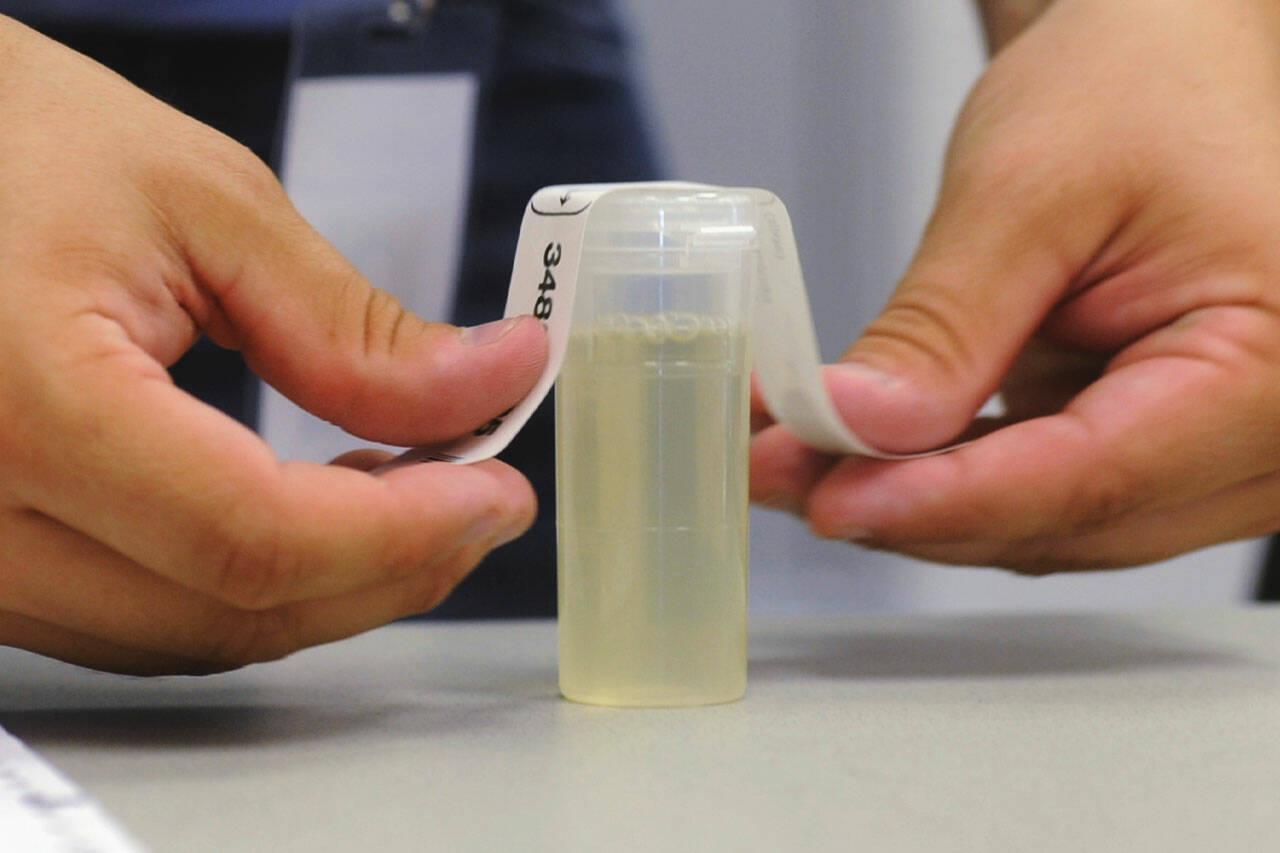
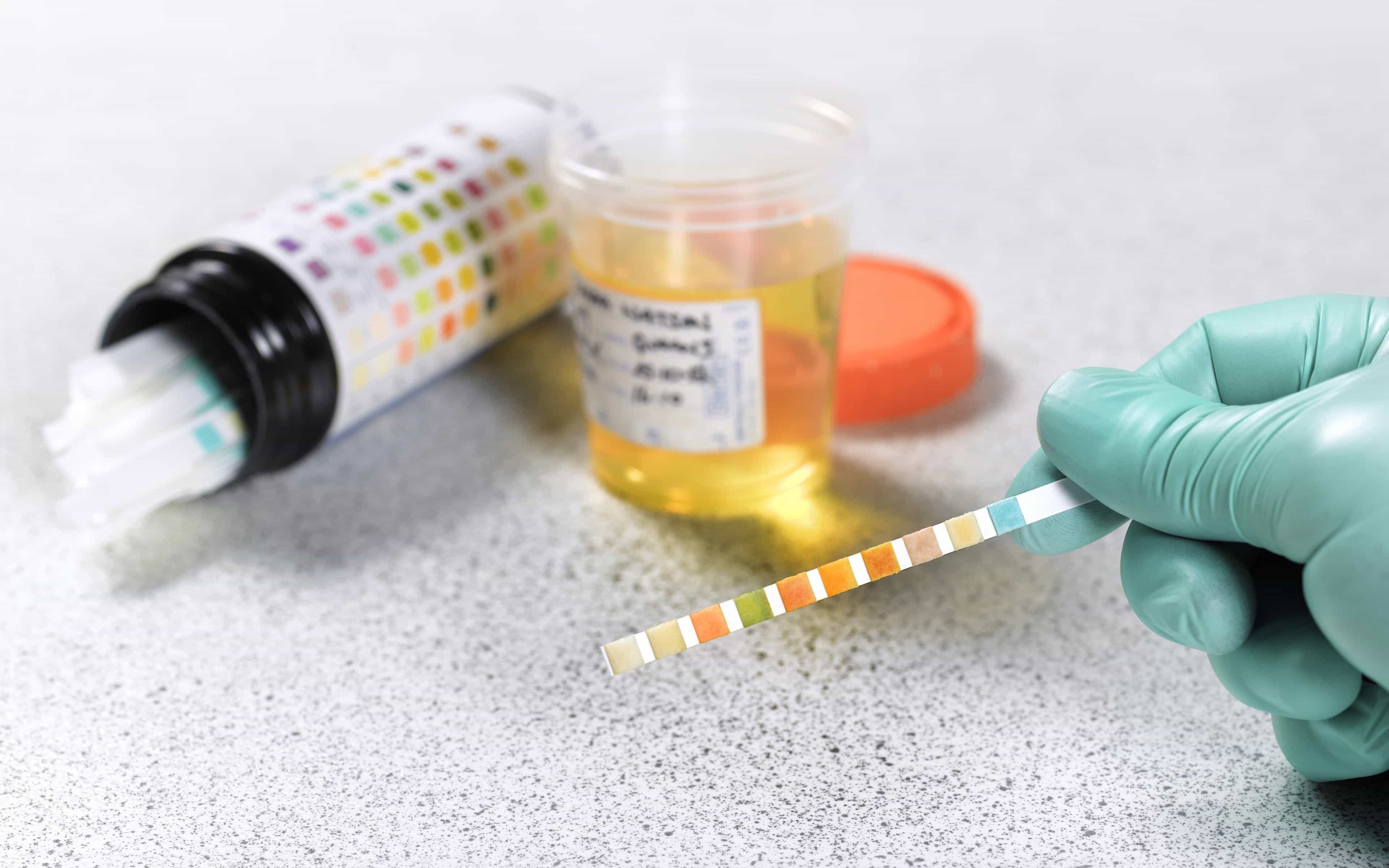
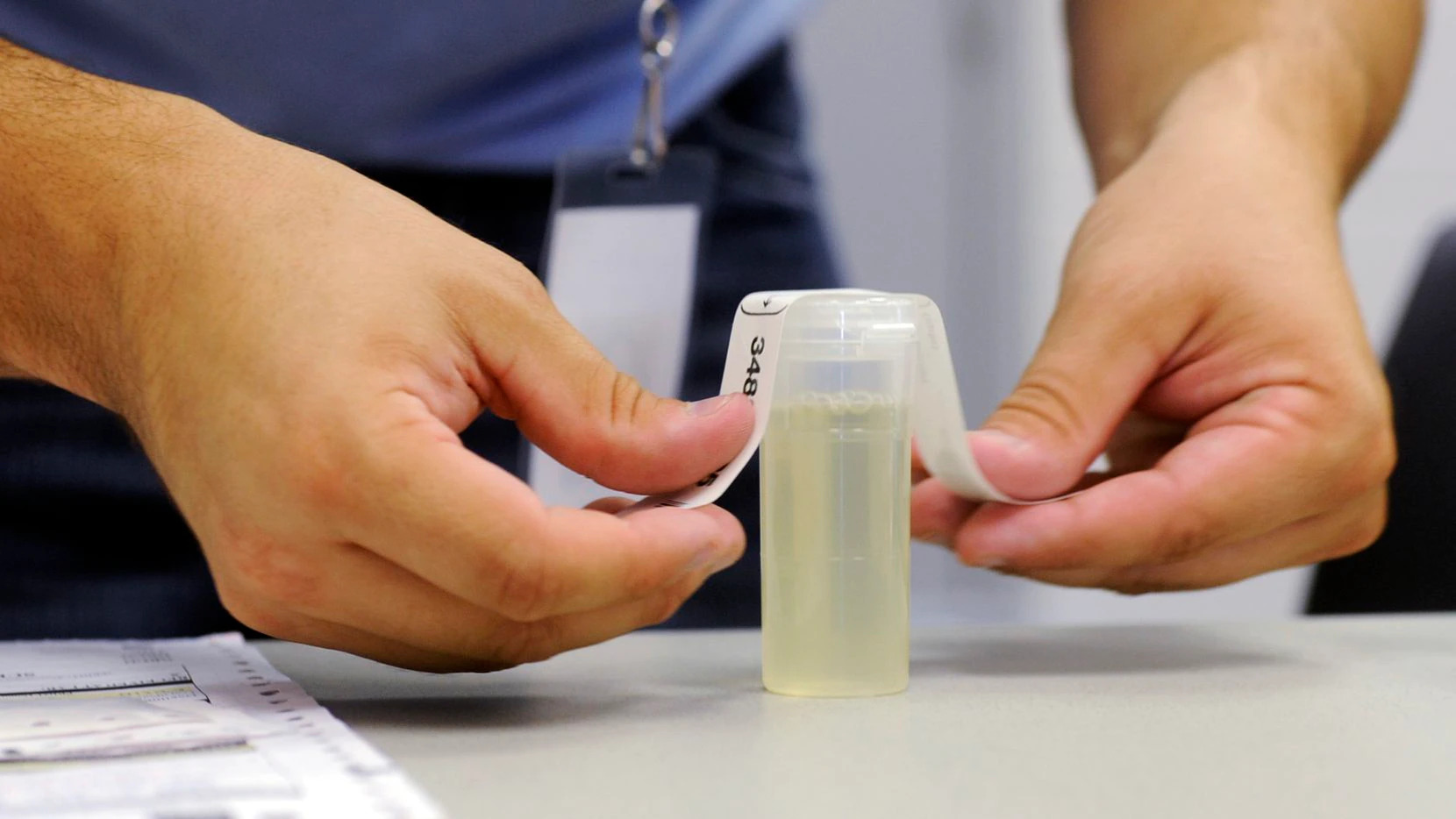

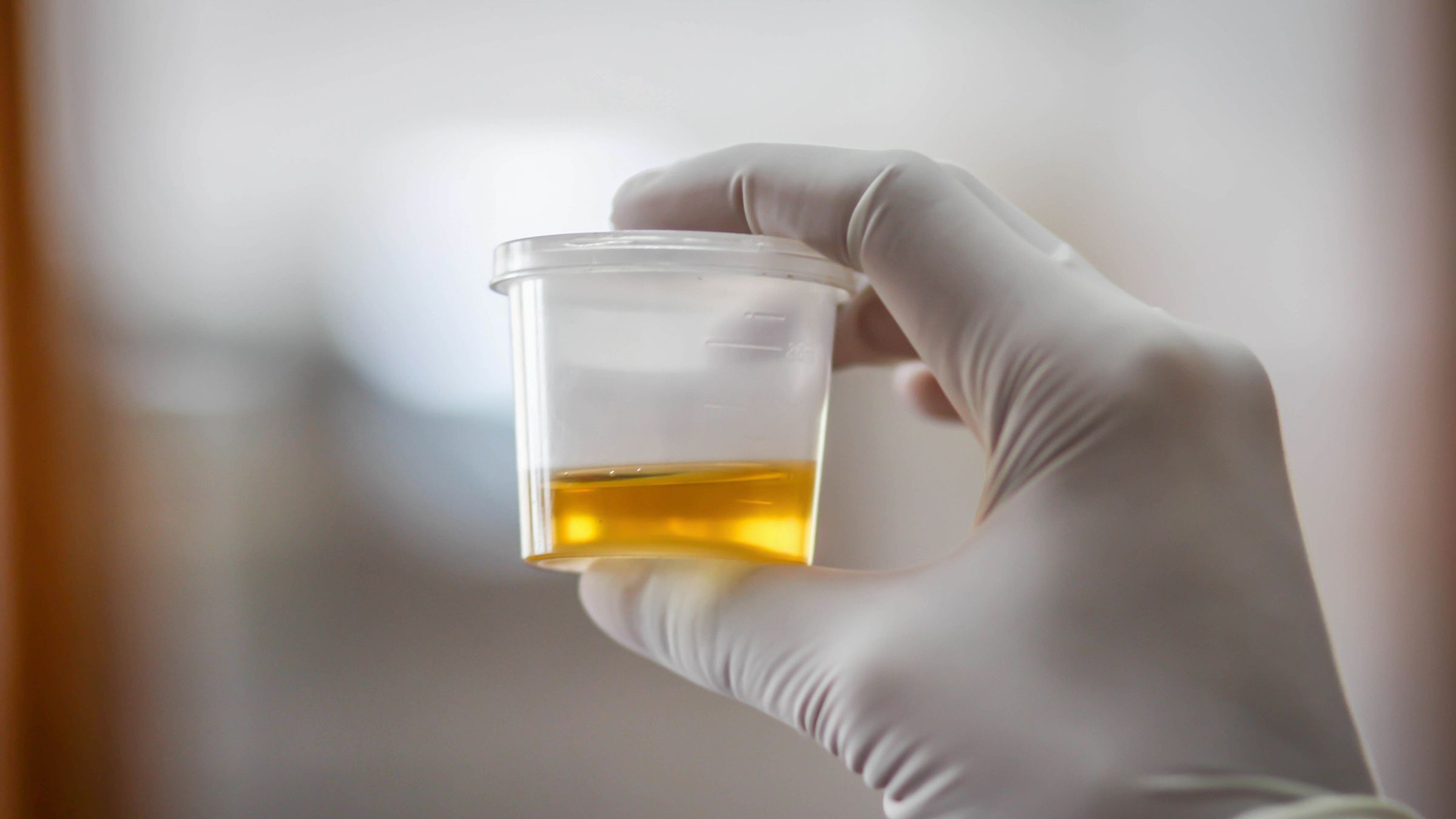
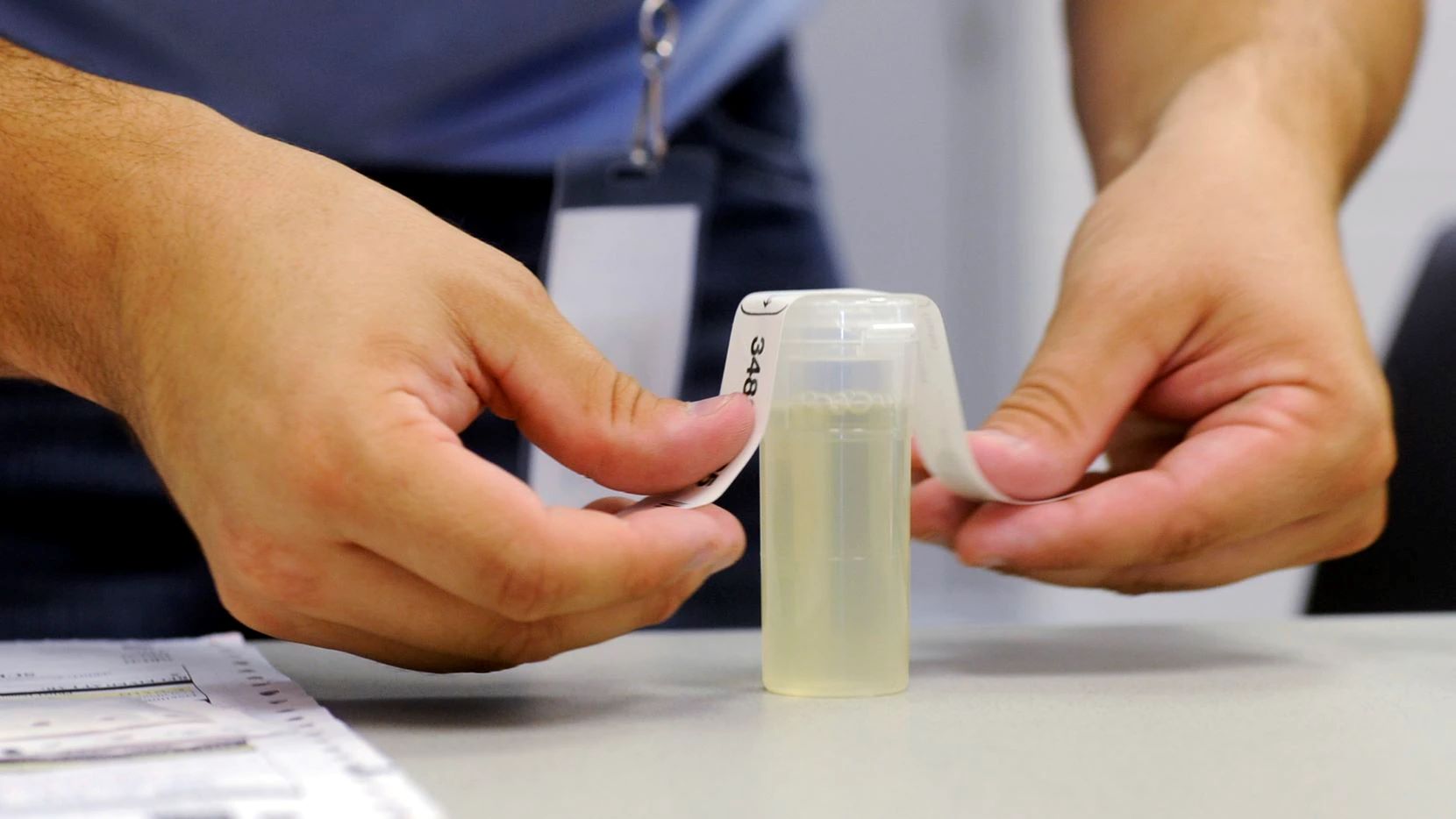
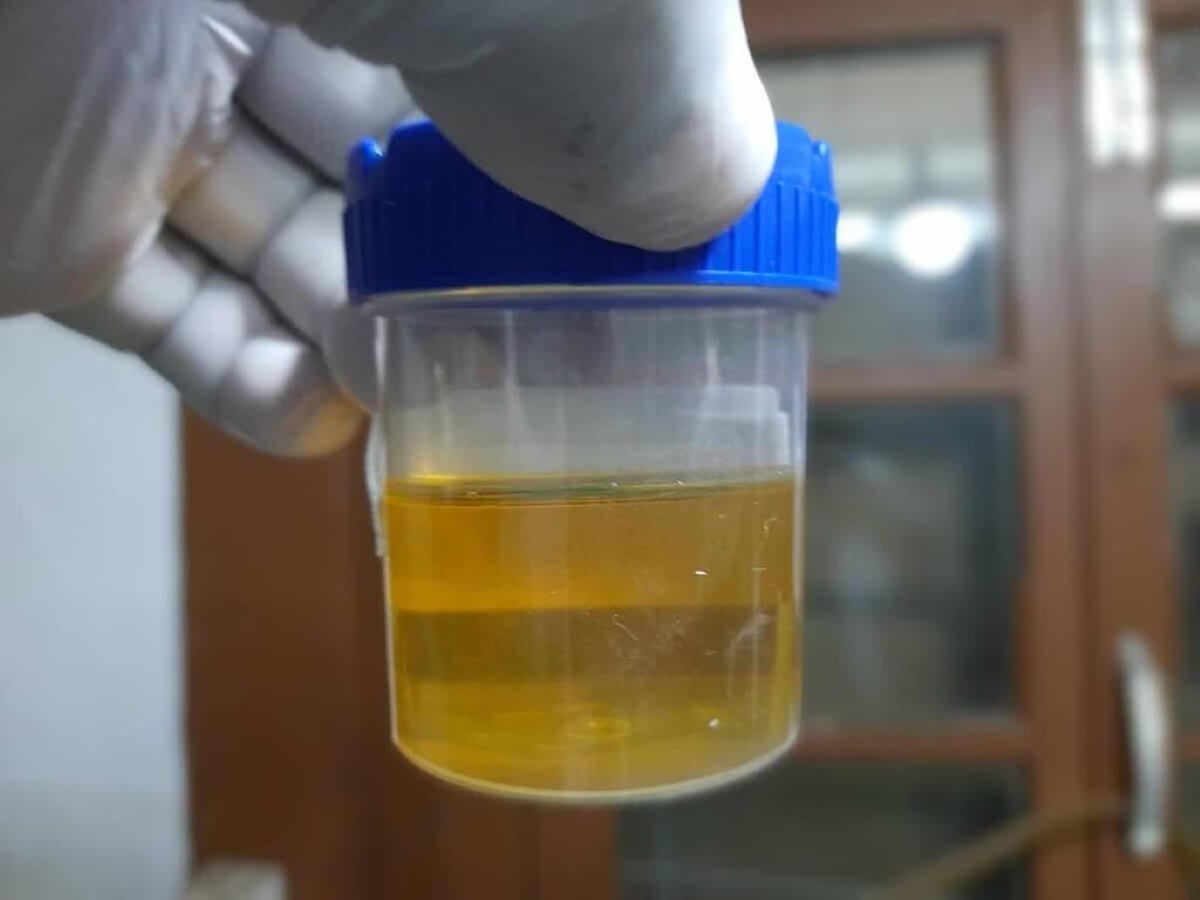
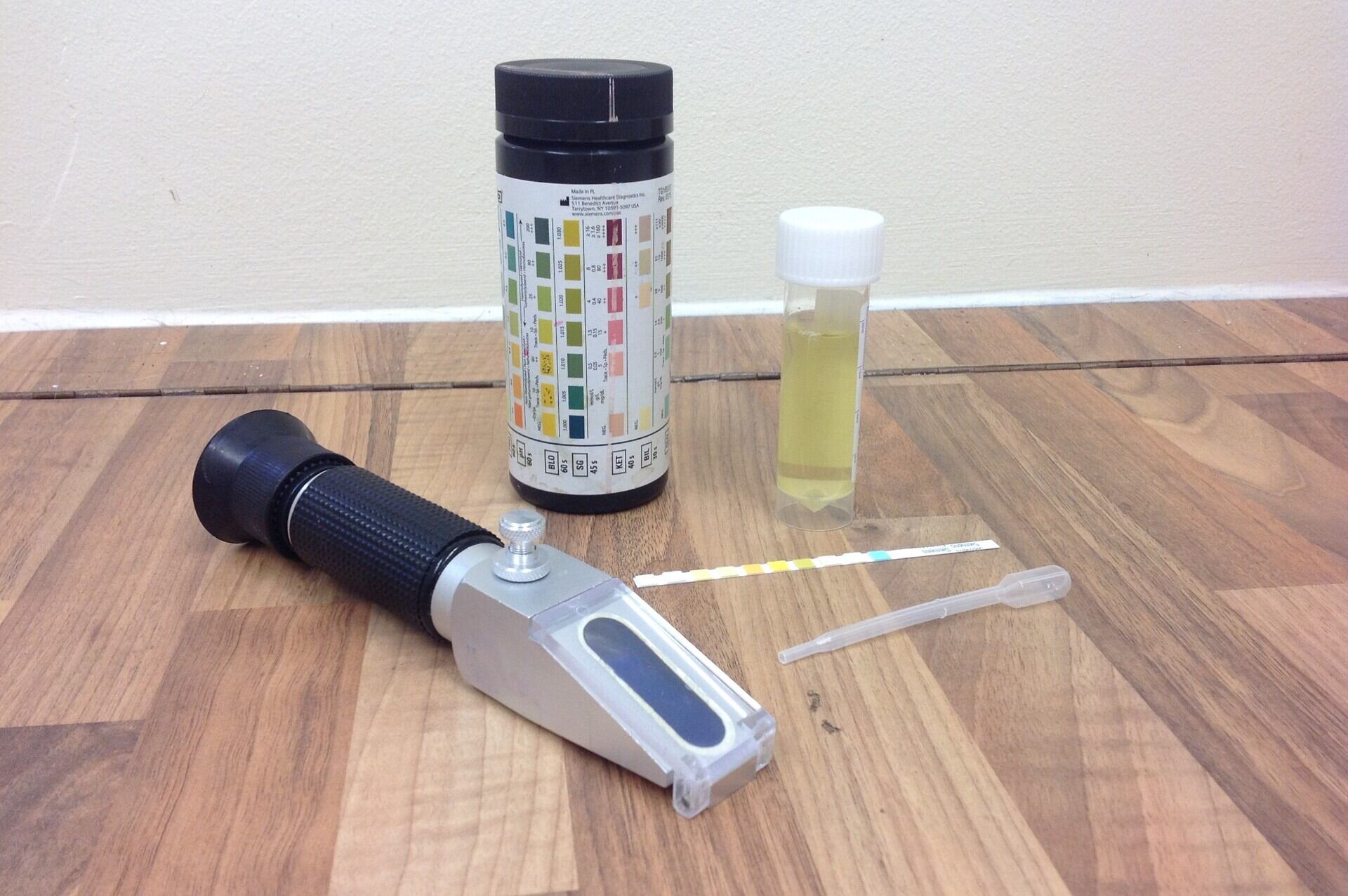
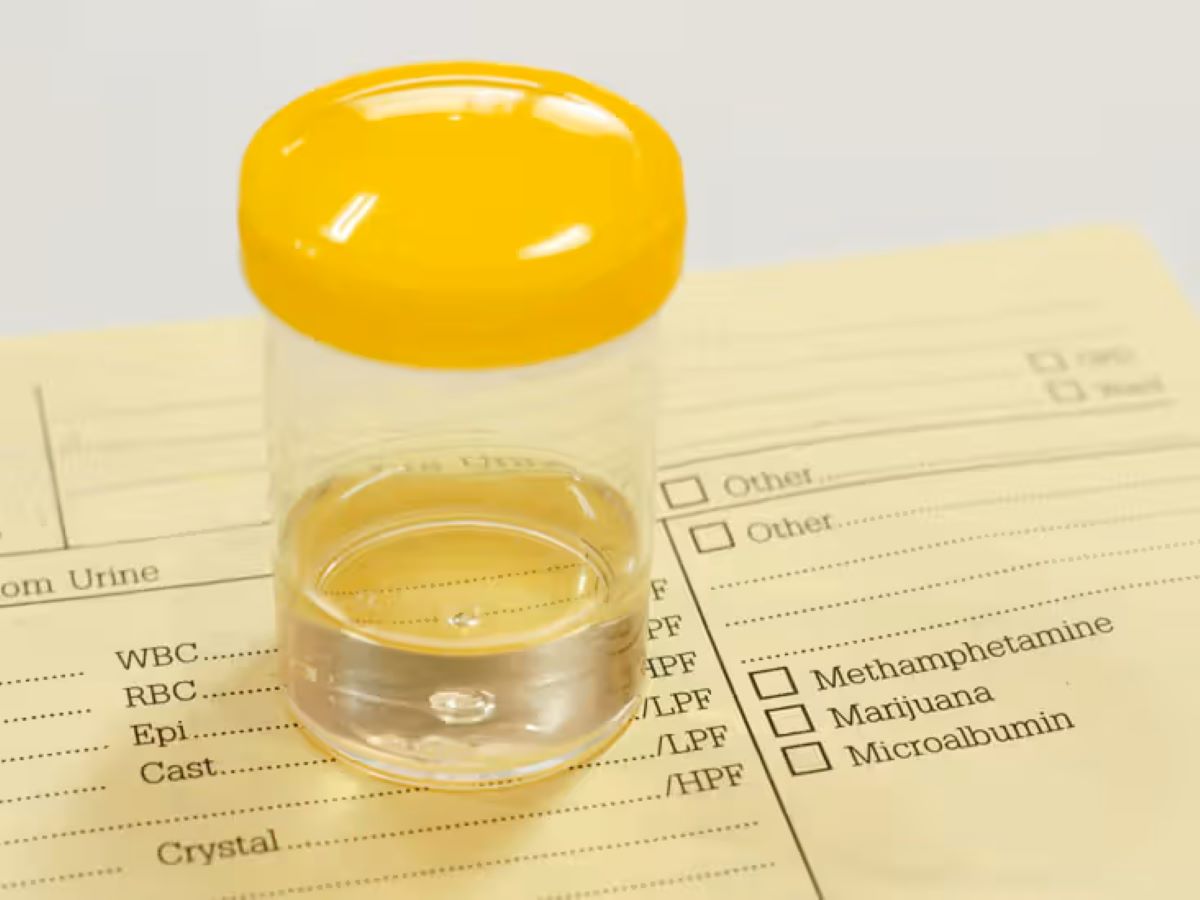
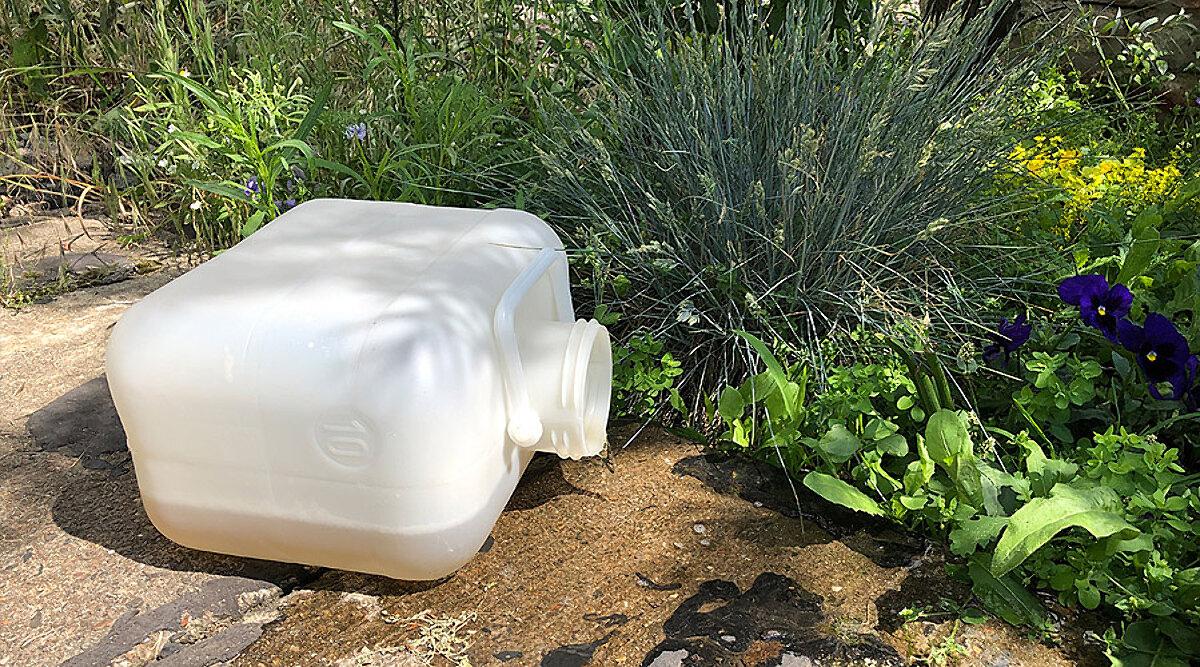
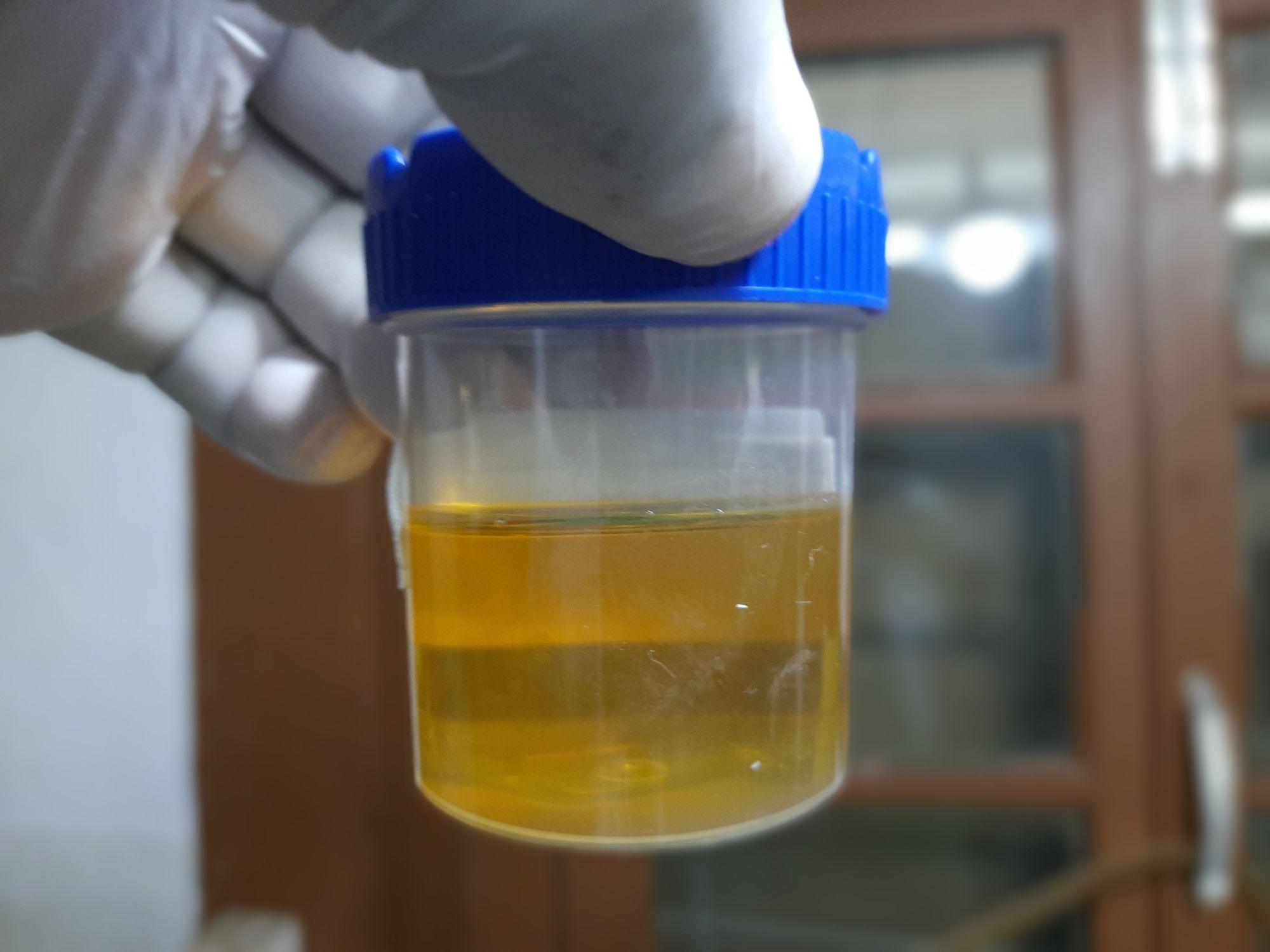

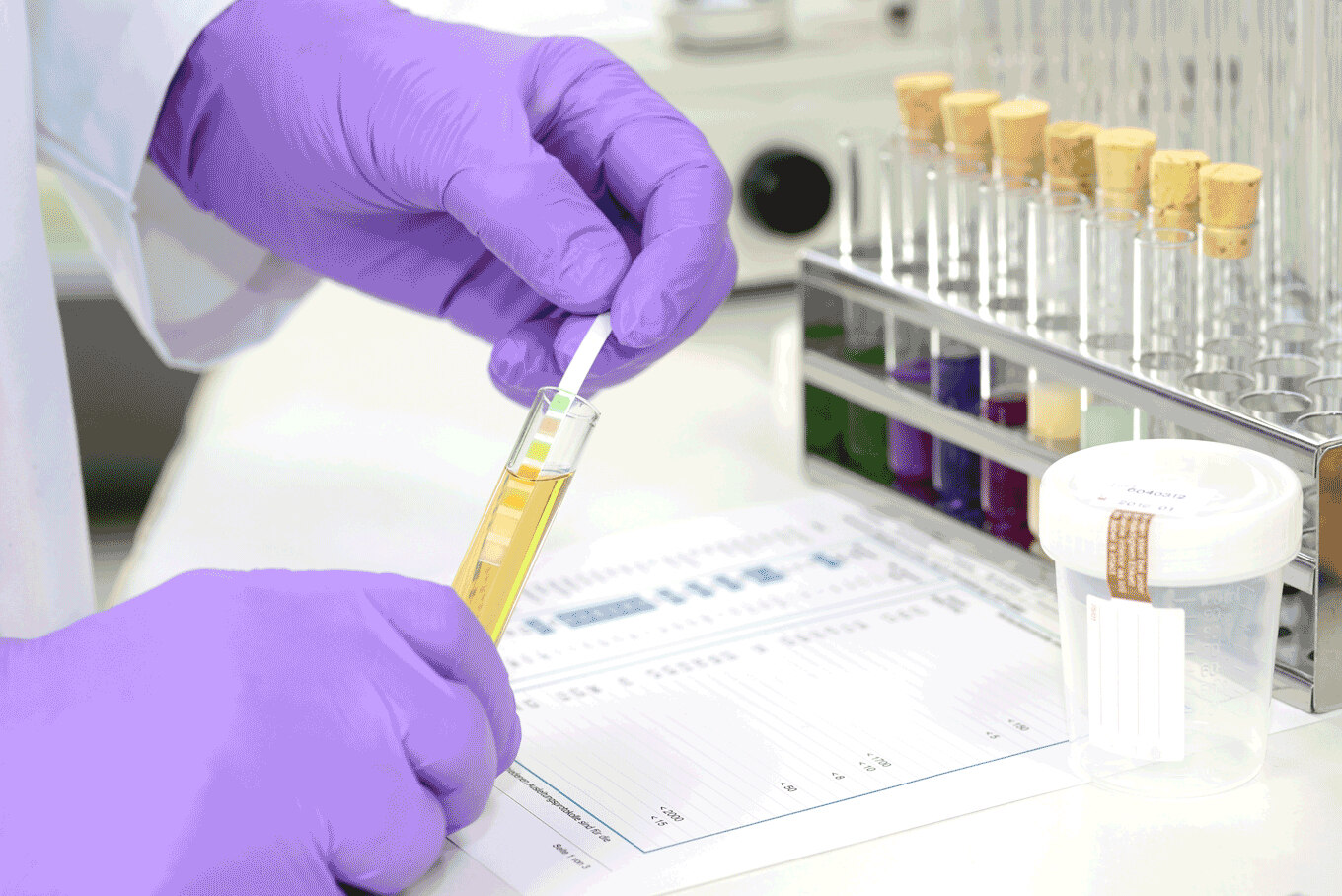

0 thoughts on “How To Store Urine For A Drug Test”